Can You Trust Your Olive Oil Label?
How do you know that what’s on your olive oil label is TRUE? Don’t be fooled by fake olive oil. Studies show that 70% of Olive Oil commonly found at grocery stores is falsely labeled. Read along and learn how to find an olive oil you can trust and freshness you can taste.
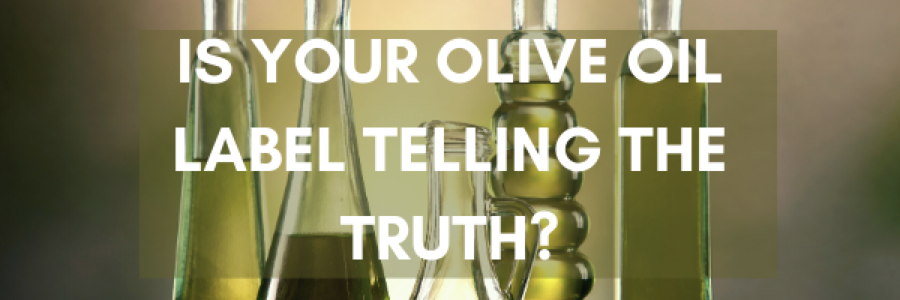
If you're buying olive oil from the grocery store, be aware of wording such as "extra virgin cold-pressed." Most of the time, if you read the ingredient label, you’ll find the oil is a blend. The sneaky thing is, the oil is being marketed as the highest grade olive oil—also known as extra virgin—when it isn’t any such thing. So, make sure to study the label to avoid being ripped off.
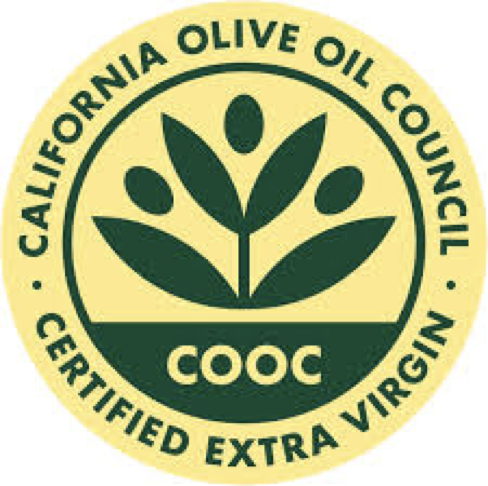
Misrepresenting or adulterating olive oil has been a lucrative and illegal business for thousands of years. In fact, cuneiform tablets in the twenty-fourth century B.C. (the earliest written reference to olive oil) records that teams of inspectors, looking for fraudulent practices, visited olive mills on behalf of the king. Today it’s organized crime that investigators are dealing with. And the sad story is, Agro-Mafia, as it’s called, seems to be winning.
According to an alarming “60 Minutes” story, along with an investigative report in the NEW YORKER magazine, in the United States today “70% of extra virgin olive oil is more than likely fake…Profits are comparable to cocaine trafficking, with none of the risks,” says journalist Tom Mueller.
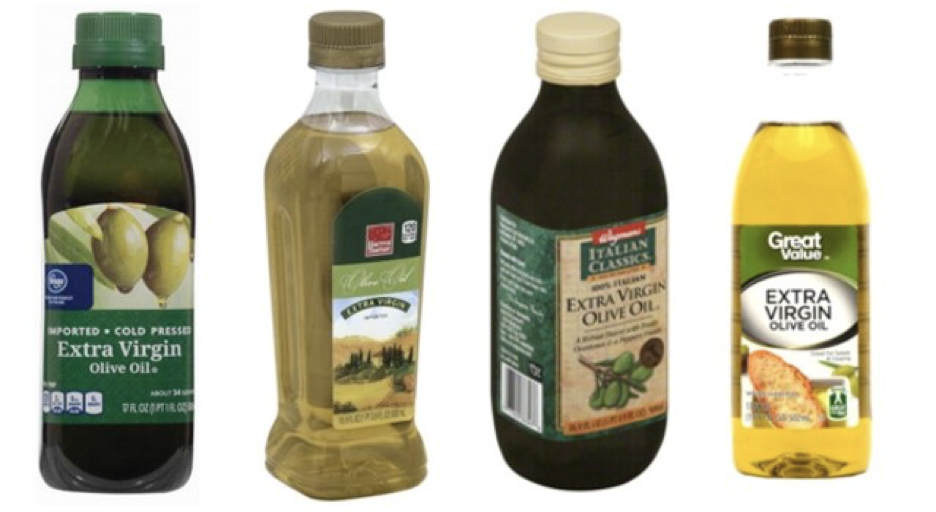
The thing is, extra virgin olive oil is time-consuming and costly to produce, so the real stuff is pricey. Which is why there’s such a frenetic market for fake oil. Odds are, the olive oil labeled “extra virgin” currently in your kitchen might very well have been mixed with other oils. Or worse, it’s not olive oil at all, but a vegetable oil disguised with coloring and synthetic aroma.
The Food and Drug Administration doesn’t routinely test oils for adulteration. Thus, the California Olive Oil Council (located at UC Davis) has stepped up to give consumers peace of mind through its extra virgin certification, a rigorous two-step process that follows every harvest.
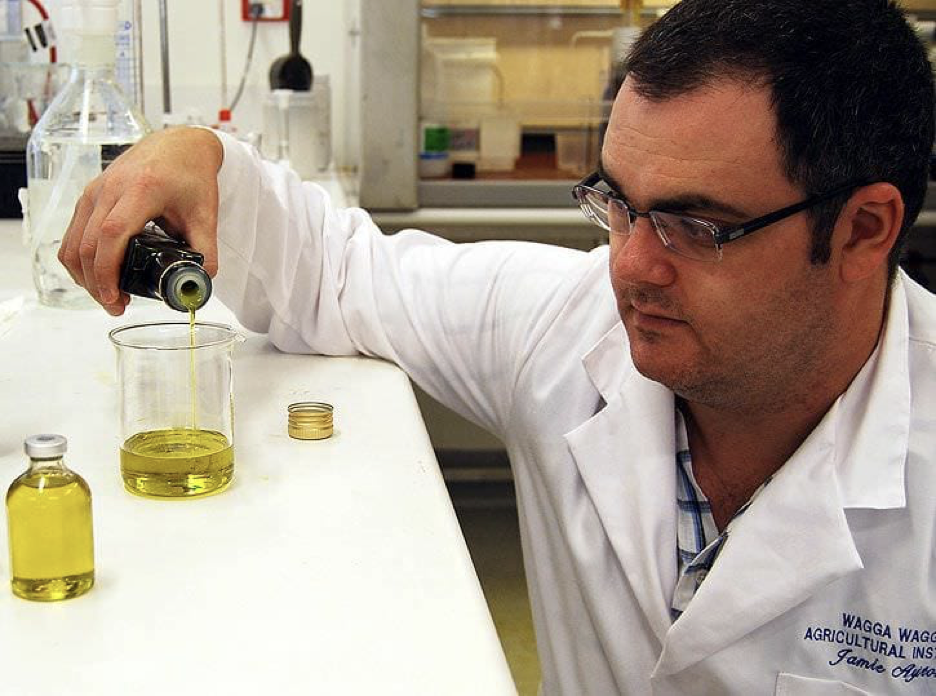
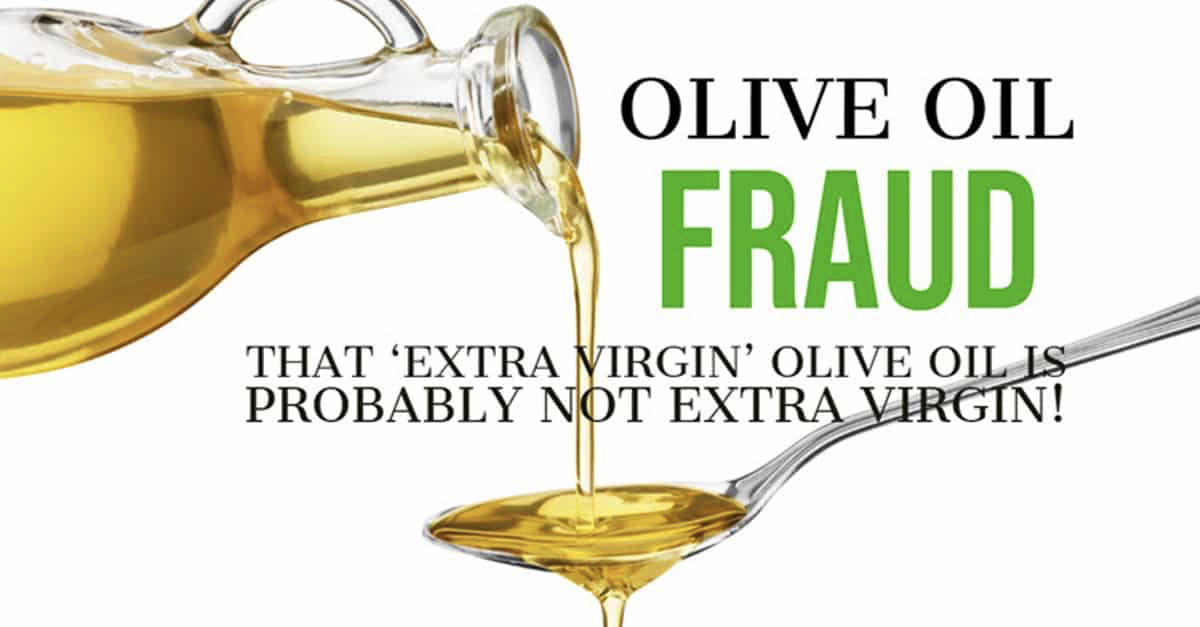
There simply aren’t enough resources to control over 350,000 tons of olive oil continually entering the country. That’s why, even after scandals, adulterated olive oil bottles are still on supermarket shelves.
Then HOW do you protect yourself from this common fraud? Well, there are four things you always want to see on the bottle of olive oil that you’re about to buy: You want it in a dark bottle; you want the COOC seal prominently displayed; you want the label to state “extra virgin olive oil;” and you want to see a harvest date—one that is no more than 18 months from the current date.
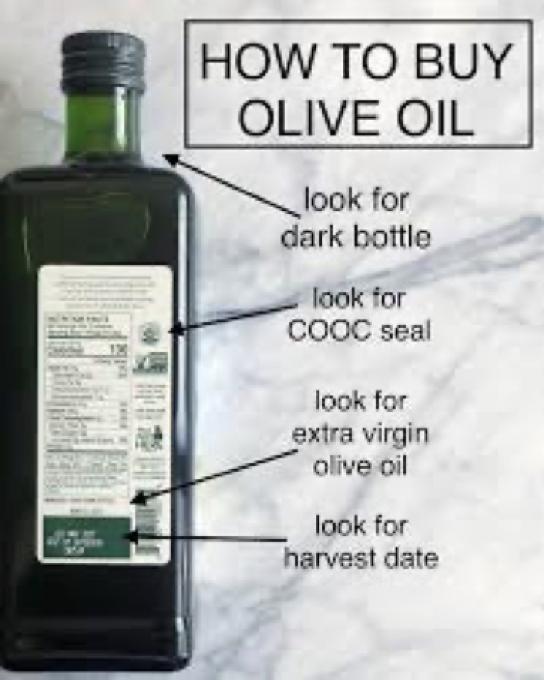
And lastly, wrap your mind around the plain but painful fact that REAL olive oil, 100% olive oil, costs more. There’s no way around it. But the beautiful part of the price story is that a little goes a long way, when it comes to pure olive oil. This means you’ll need less and so your bottle will last longer. It all pencils out.
The bottom line? Do you homework so you’re not wasting your money or being taken advantage of. You want an olive oil you can trust and freshness you can taste!
blog comments powered by Disqus

If you're buying olive oil from the grocery store, be aware of wording such as "extra virgin cold-pressed." Most of the time, if you read the ingredient label, you’ll find the oil is a blend. The sneaky thing is, the oil is being marketed as the highest grade olive oil—also known as extra virgin—when it isn’t any such thing. So, make sure to study the label to avoid being ripped off.

Misrepresenting or adulterating olive oil has been a lucrative and illegal business for thousands of years. In fact, cuneiform tablets in the twenty-fourth century B.C. (the earliest written reference to olive oil) records that teams of inspectors, looking for fraudulent practices, visited olive mills on behalf of the king. Today it’s organized crime that investigators are dealing with. And the sad story is, Agro-Mafia, as it’s called, seems to be winning.
According to an alarming “60 Minutes” story, along with an investigative report in the NEW YORKER magazine, in the United States today “70% of extra virgin olive oil is more than likely fake…Profits are comparable to cocaine trafficking, with none of the risks,” says journalist Tom Mueller.

The thing is, extra virgin olive oil is time-consuming and costly to produce, so the real stuff is pricey. Which is why there’s such a frenetic market for fake oil. Odds are, the olive oil labeled “extra virgin” currently in your kitchen might very well have been mixed with other oils. Or worse, it’s not olive oil at all, but a vegetable oil disguised with coloring and synthetic aroma.
The Food and Drug Administration doesn’t routinely test oils for adulteration. Thus, the California Olive Oil Council (located at UC Davis) has stepped up to give consumers peace of mind through its extra virgin certification, a rigorous two-step process that follows every harvest.

- Each oil undergoes a chemical analysis that tests criteria for EVOO, including acidity levels.
- After the chemical requirements have been verified, a highly-trained panel of olive oil experts tastes the oil in a blind test to make extra sure it’s everything “extra virgin” is meant to be. The COOC Seal means the oil in the bottle is 100% California Extra Virgin Olive Oil, no filler oils, no defects, no corners cut. It also indicates that it’s been cold-pressed and has an acidity level of less than .5%.

There simply aren’t enough resources to control over 350,000 tons of olive oil continually entering the country. That’s why, even after scandals, adulterated olive oil bottles are still on supermarket shelves.
Then HOW do you protect yourself from this common fraud? Well, there are four things you always want to see on the bottle of olive oil that you’re about to buy: You want it in a dark bottle; you want the COOC seal prominently displayed; you want the label to state “extra virgin olive oil;” and you want to see a harvest date—one that is no more than 18 months from the current date.

And lastly, wrap your mind around the plain but painful fact that REAL olive oil, 100% olive oil, costs more. There’s no way around it. But the beautiful part of the price story is that a little goes a long way, when it comes to pure olive oil. This means you’ll need less and so your bottle will last longer. It all pencils out.
The bottom line? Do you homework so you’re not wasting your money or being taken advantage of. You want an olive oil you can trust and freshness you can taste!
Sources:
- www.cooc.com
- www.marottaonmoney.com
- www.oliveoiltimes.co
- www.realfoodforlife.com
 Alice Osborne
Alice Osborne
DVO Newsletter Contributor since 2006
Email the author! alice@dvo.com
